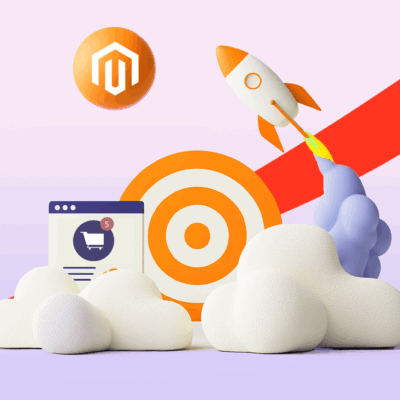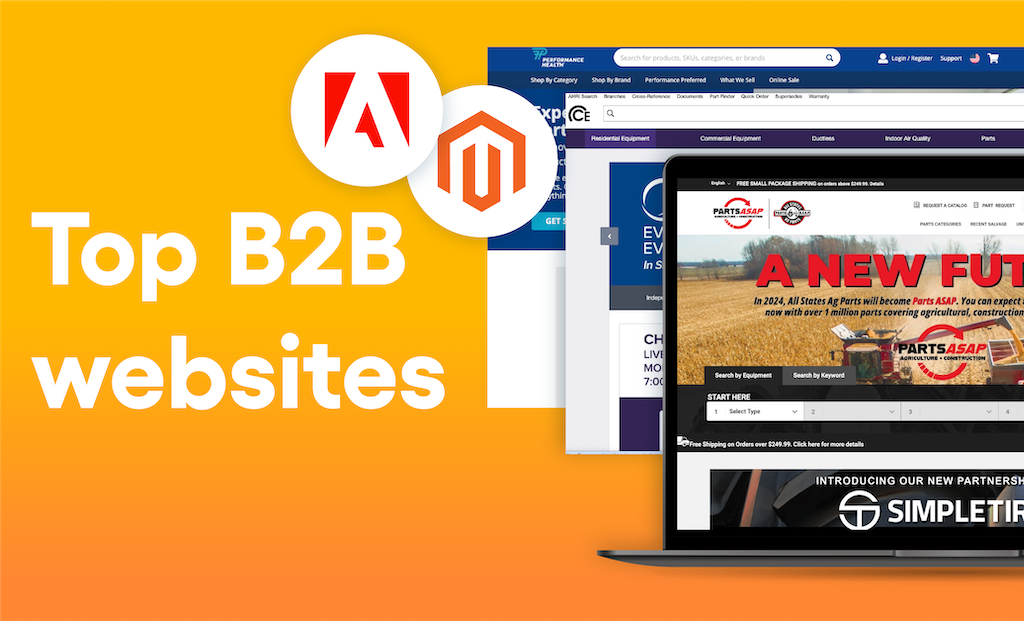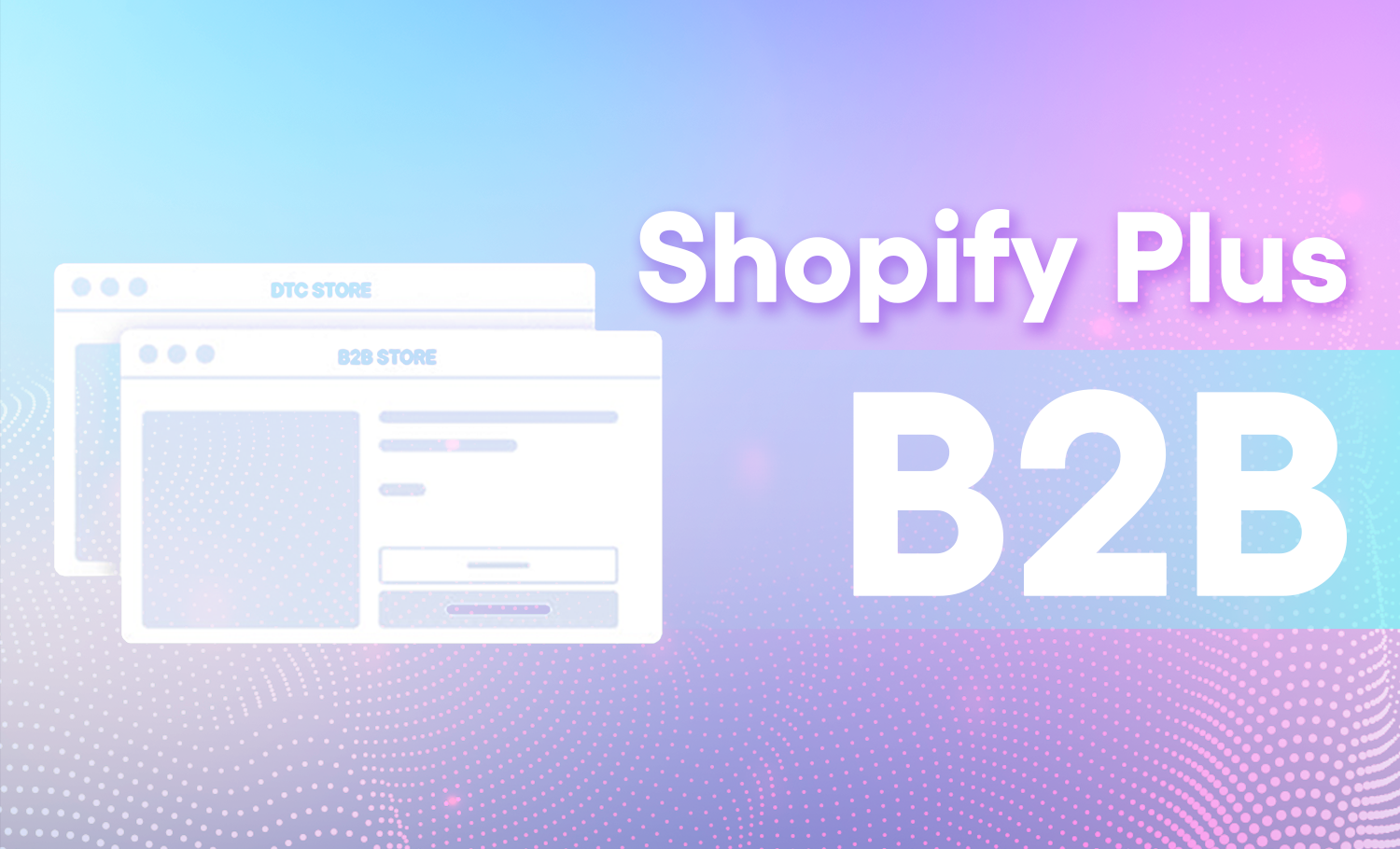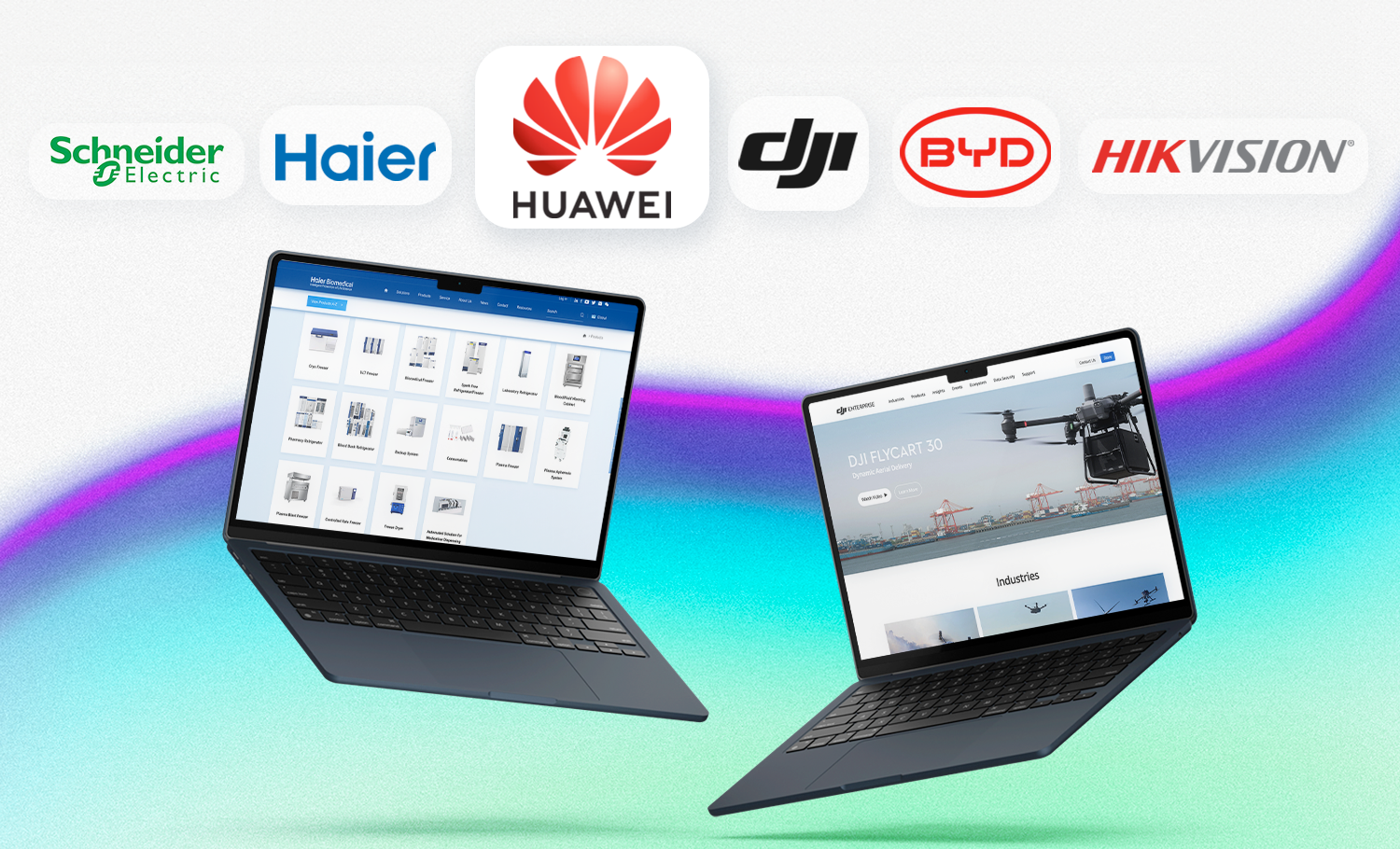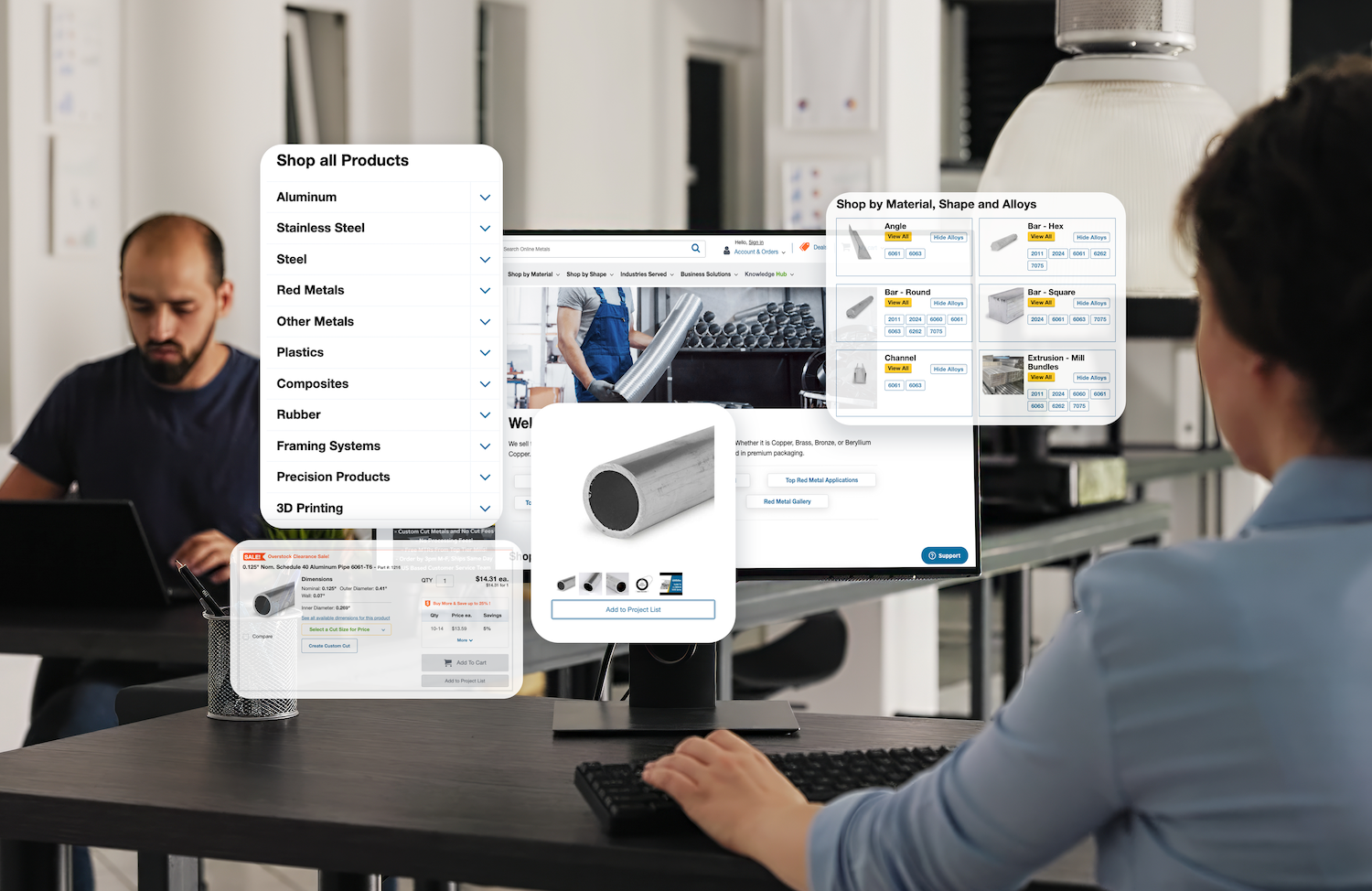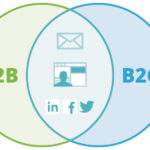In China, the use of Live Streaming is overtaking eCommerce by storm. In the survey of Chinese brands by Totem media in 2021, 56% of respondents expected their marketing live streaming budgets to increase — by far the highest share among all other marketing channels. There is a huge interest towards live streaming from the consumer side too. Research shows that 80% of internet users prefer watching live video to reading a blog article.
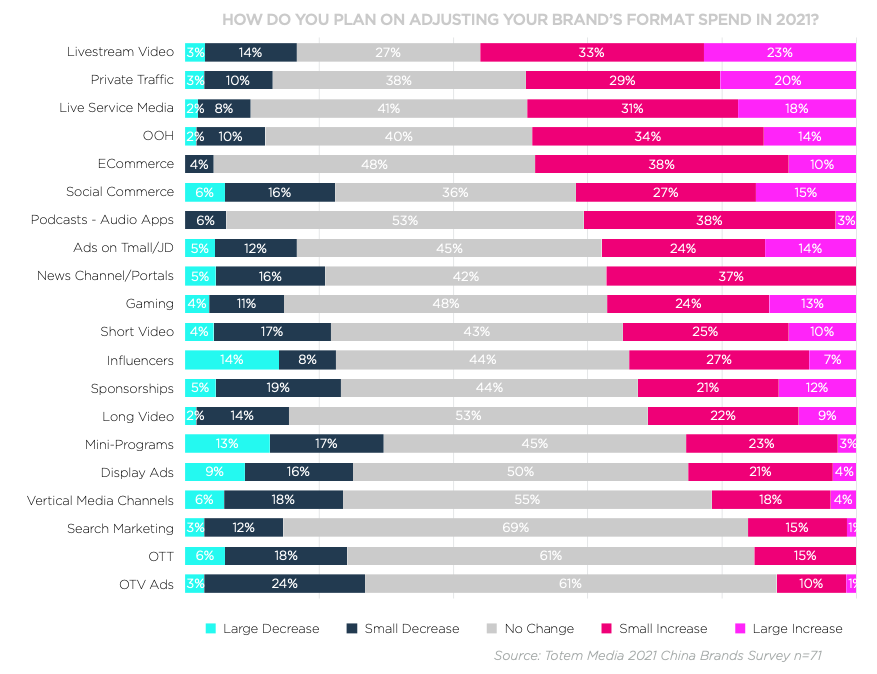
Live Streaming projected to have received the biggest marketing budget increase in 2021
This should not come as a surprise for B2C companies: live streaming is the perfect combination of “tried and true” TV shopping with all the convenience and interactivity that the internet and modern technology can bring. B2B marketing, however, is lagging behind. While it is obvious this new channel has a wealth of potential, to efficiently realize this potential is not a trivial task.
In this article we will overview the live streaming in eCommerce and will focus particularly on how it can be utilized by B2B marketing. We will also analyze main differences from the more familiar and flashy B2C live streaming practices. Finally, we will look at some interesting cases and share some tips to kick your live streaming campaign off to a best possible start.
History of live streaming in global internet and in China
Live Streaming developed and evolved in China in a bit different way than in the global internet. Looking at the history of internet-based broadcasts may provide some rough insight into the psychology of a livestream consumer, showing what place live streaming occupies in the mindset of a global and Chinese customers.
Global Live Streaming
The world started developing live streaming services in the 90s, with Real Player and RealVideo technologies — with almost no noticeable success. Even in 2008, when already popular Youtube dabbled into live streaming, it didn't get much traction.
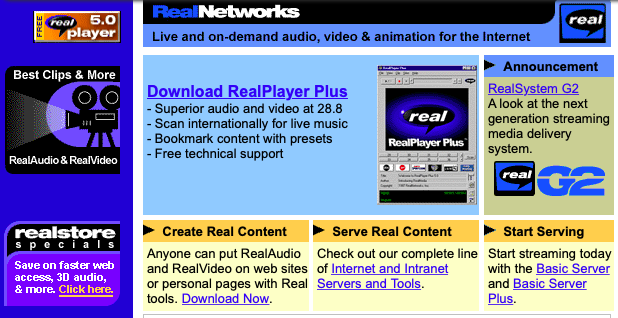
Real Player, pioneer of live streaming in early era of Internet
After a while, unexpected early adopters of live streaming, gamers, made Twitch the first really successful live streaming platform. Following Twitch’s success Youtube reintroduced live streaming for the second time, this time for all users. In a span of few years, all major social platforms — Facebook, Instagram, Twitter, developed their own live streaming capabilities. Finally, in 2020, service ReStream made it really easy for anyone with as much equipment as a smartphone to broadcast to multiple platforms with a few clicks. The era of mass live streaming is now in full gear, used both by individuals and businesses.
It is a subject of much discussion, what is the reason for the popularity of live streams. One of the researches of Youtube content notes that a significant amount of the traditional top content is some form of re-used content: re-uploads of TV content, clips and compilations account for up to 2/3 of the videos. Live streaming, on the other hand, provides fresh, interactive, often much more relatable experience — something that attracts viewers, who are ready to forgive slightly lower production value of streams compared to traditional video content.
Live Streaming in China
If we look at the live streaming in China, there was little to no overlap of the platforms and technologies with the global internet. Chinese streaming culture had to evolve independently, and, as a result, it evolved into something a little different from global live streaming.
Global live streaming developed top-down, its mass use followed the technical solutions offered by big players. In China live streaming started it’s evolution in the opposite direction — bottom-up, with internet users using makeshift solutions to broadcast their individual small streams, with tech giants following and facilitating this trend.
First notable case of widespread use of live streaming started on video chat platform YY, where users repurposed platform functionality to host their own performances. This quickly developed into an industry with popular streamers holding regular, often daily, shows, gaining millions of viewers. It was monetized by the medium of virtual gifts, that served as in-platform currency: gifts were to be bought by viewers and converted back into cash by streamers.
Having followed such an evolutionary path, livestream audiences tend to have much greater affinity to the host, compared to the average sentiment in the rest of the world. Tuning in the favorite show became a way of getting a sense of “comfort and belonging”, a form of social interaction for an often introverted audience.
Development of internet infrastructure, advent of fast and inexpensive mobile connection expanded the live streaming audience even further. Nowadays, the popularity of live streaming is not limited to top tier cities. On the contrary, the majority of the audience of popular streams come from tier 2 and tier3 cities.
Huge potential of live streaming was soon noticed and put to use by Chinese retail giants. KOL marketing and Live Streaming marketing that started at sales festivals, soon expanded and became a staple of the everyday life of an average Chinese consumer.
Today, top KOLs continue to gather unbelievable audiences. Here’s an example: one of the top KOLs, Viya used to sell hundreds of millions RMB worth of goods during her streams, once setting a record of 37 million viewers. “Used to” as the story didn’t end well for Viya: record breaking influencer was fined with record breaking tax evasion fine: 210 million USD.

Viya (or Weiya), the “Queen of Live Streaming”
The opposite trend in live streaming, is marketing through much smaller influences, known as KOC, Key Opinion Consumers. While they have a much smaller audience, the viewers tend to be more loyal and the cost of promotion tends to be way more attainable.
Today the live streaming in China is experiencing unparalleled growth. What was a niche entertainment channel for tech-savvy netizens, became an important part of life for a significant share of Chinese customers and a major marketing channel for Chinese sellers.
DIfference between streaming for B2C and B2B
Compared to B2C marketing, where streams became the norm, B2B marketing is only starting to uncover the potential of this new format. While B2C provides many success stories to witness and learn lessons from, things are not so straightforward when it comes to B2B.
Here’s a good illustration. Beijing-based Guolian (国联股份) is the company behind a chain of B2B oriented eCommerce marketplaces. A few years back it implemented a live broadcasting feature on their platforms, and during the last couple of years the number of viewers rose tenfold, reaching hundreds of thousands. Senior vice president Pan Yong (潘勇) describing the secret behind this outstanding achievement, mentions B2C broadcasts as “a constant source of inspiration for our B2B streams”. “However — he continues — it is just that, an inspiration. To adapt best practices to B2B, we always follow the four step process:
copy [existing B2C features],
modify [them to fit B2B scene],
research [the effect new features bring and how it can be improved],
develop [B2B specific solutions]”.
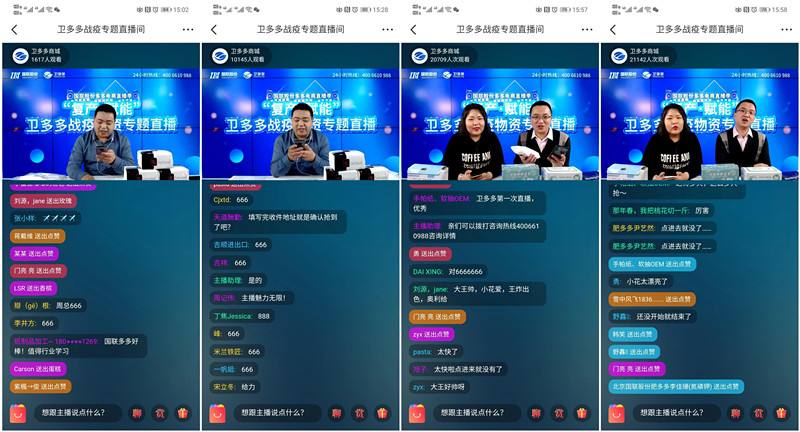
Broadcast on one of Guolian’s vertical platforms, WeiDuoDuo, specialized on paper and personal care products. Sales during the broadcast exceeded 50 million CNY.
Indeed, while the B2C streaming environment shows a high level of maturity, few features can be directly reused on the B2B side. Let’s look in more detail at how live streaming in B2B marketing is different from B2C.
Audience
One of the biggest differences that overshadow almost all processes related to live stream marketing is the nature of the audience you can stream to. For example, B2C campaigns that use KOL/KOC the audience is already there, tuning in for today’s broadcast of their favorite influencer.
In B2B marketing building an audience is the task that a brand most often has to solve by itself, as there are probably no KOLs, amassing an audience interested in industrial pipes, machine parts or metallic ores.
Good news is, you probably have an audience that can be interested in your live streams: list of leads, subscribers to your newsletter, attendees from your offline event, people who downloaded whitepapers from your website, followers of your company’s Wechat, LinkedIn or Facebook account. Streaming is a great way to recharge those old lukewarm contacts, as long as you find an interesting topic to share.
Here is another thing to keep in mind about the Chinese audience and their behavior in B2C marketing. In most cases a typical user journey of a non-Chinese consumer is distributed between a number of platforms — seeing the display ad on Facebook or watching a pre-roll on Youtube; learning more from an Instagram influencer or Googling for details; finally, making a purchase on Amazon or Shopify.
In China, the audience tends to stick to one platform through the whole duration of the journey: discovery, exposure, research and purchase can happen without leaving the platform once — be it WeChat, DouYin or XiaoHongShu. Platforms offer all needed features to make this path as frictionless as possible, shortening the path from the first time a user sees the product to the purchase.
This “See now. Buy now” attitude is more prevalent for the B2C crowd, but B2B gradually follows suit. Most major B2B marketplaces are transforming into social networks where users are supposed to learn news about the product, watch the broadcast with a live demo, and make a purchase — without ever having to leave the website.
Different goals
The difference of length of the funnel, affects the role live streaming cam potentially plays in B2C and B2B marketing. In the B2C case, especially with not very expensive consumer goods, the funnel is relatively short: “Awareness - Interest - Purchase”. Whatever happens in the broadcast, geared towards one goal: immediate conversion to purchase.
B2B customers are quite different, and so must be the goals of the streaming. Of course, it'd be great, if you end up with a few signed contracts by the end of your stream, but realistically, you probably won’t. Your number one goal, therefore, is to inform, build relationships, and gain trust — very gently nudging customers towards the final line, the purchase.
This is exactly the reason why you should pay special attention to choosing the platform for the live stream. For B2C products, excitement is the biggest factor that translates to conversion to sales: this is why platforms tailored to generate short bursts of high excitement, for example DouYin (Chinese equivalent of TikTok) is the best for such marketing activities. WeChat and Weibo are much slower in the way people react to posts — but they also provide a much deeper connection to the audience, and can convey more complex messages. Specialized B2B eCommerce marketplaces can be even slower to get any reaction to your content, yet the depth and profoundness of the interaction is even higher than what you can get on WeChat.
Content
For B2C, whether your potential customer is only at the “awareness” stage (for example, when KOL introduces the brand for the first time), or at the “interest” stage (they heard about the brand before) you want them to make a purchase, here and now. This is why you have a colorful timer on the screen, this is why you have all those “if you buy now, you also get”, this is why the anchor keeps saying “what are you waiting for”.
That’s why emotions play an important role in the way content is produced. The copy, the visuals, the message aim to create such feelings as excitement from potential purchase, belonging to the community of other customers, fear of missing out.
B2B broadcasts are based on a quite different approach. B2B funnel is almost never this short. It differs between industries, but it often has various stages like “get the buy-in from the stakeholders”, “confirm specs with the technical department” or “sign off the budget with finance”. Your live broadcast is the great way to alleviate any potential issues customers may have on these stages — which can greatly affect which content you use in the broadcast. Present successful cases of your previous clients — something to show to the stakeholders. Explain technical details of your product or service — to make sure it matches wherever requirements they have. Present pricing and payment options to streamline whatever difficulties may be there.
Production quality
In B2C the level of production quality differs a lot from one stream to another. For established KOL or KOC this is rarely an issue — in fact, using nothing more than just a phone can add a certain level to the authenticity to the broadcast.
This is hardly the case for B2B live streaming. While it doesn’t have to be top-notch, there is a certain level of quality B2B users expect — as this may be perceived as a direct evidence of your trustworthiness or the lack thereof. According to the research by livestream.com, 62% percent of viewers will get a negative perception of a brand if it is represented by a poor quality video.
However, it does not mean you have to equip a full-fledged professional studio to even try your hand in live streaming. In general, the expected quality of the broadcast is somewhat proportional to the price of the final product you are offering: customers that are looking to buy multi-thousand RMB high-tech industrial equipment would expect higher quality than customers who are in for some inexpensive supplies.
Here’s a good example from the company YiwuGo, a company behind the huge physical and online marketplace with the same name. You may have never heard about Yiwu, but there is a good chance you have seen and even own some of the goods they offer: Yiwu is the largest small commodity market in the world, selling a lion’s share of souvenirs, small decorations, accessories, sold all over the world.
YiwuGo tried to implement live streaming functionality for their online marketplace, but initial results were underwhelming at best. The feature gained notable traction only after they removed all advanced features and made the interface as simple as possible. According to Wang Jianjun, YiwuGo’s general manager, most of the sellers are small and medium-size operations and do not have capacity to produce elaborate streams and fine-tune technical parameters. What works best for them is something simple and practical — something that’s enough to present the goods and answer questions with minimal additional effort.

For small businesses at YIwuGo it is less about video quality and more about efficient connection to the audience.
How B2B businesses can use live streaming
As we mentioned earlier, B2B customers are less likely (if at all) to be responsive to the “buy now” type of message. Your streaming content should be much more informative, providing viewers with valuable information, explaining the details of your product, answering questions and addressing concerns. Here are a few formats you can use to base your live broadcast on.
Expertise sharing
Knowledge is a universal currency in today’s world, so it is no wonder that knowledge based streams are by far the most successful in B2B. Host a training, a teaching session, a tutorial, a TED-talk style speech for your audience. Focus on the topic, relevant to your viewer that is related to your product and service too. This can be one of the best ways to gain and nurture your leads and establish your credibility in the industry.
Interviews, Q&A sessions
However good one can be at giving speeches, it gets old at some point. Dialog has a much better chance to keep your audience tuned in. Bring guests to your broadcast — be it another representative from your company, a happy customer, or a proud supplier. You can raise your level of credibility even higher by inviting popular social media figures, industry experts and thought leaders.
It is a good practice to leave a few minutes at the end of every stream for questions, but if the audience is eager to pick the host's or guest’s brain, the Q&A session can be a main part of the broadcast.
Events
Fully online events became especially popular in the age of lockdowns and limited travel. While such a way of conducting meetings has obvious drawbacks, you still can get the best out of it. Fully online events allow you to gather experts and presenters from all around the globe with no travel or accommodation expenses, to reach people who would otherwise be too busy to come. Participants in different time zones still may have a problem joining the event, but for those cases you can always rely on recordings. By the way, those recordings are also a great addition to your content marketing assets collection.
“Behind the scenes” stream
This type of broadcast is normally directed at either existing customers or leads on the verge of conversion. Use the video stream to invite them into your company's “kitchen”. Nothing will raise trust in you as much as your ability to be transparent and open to your customers.
Having said that, be mindful about what you are showing to your potential and real customers. Keep in mind the old joke that seeing “how sausage is made” makes people vegetarian. Your goal is to boost their confidence that they get a quality product, align your content with that goal.
B2B Live streaming best practices
Dry run
Few things are more frustrating than generating an audience, putting together a cast of talents, writing the perfect script only to find out that the broadcast suffered from some unforeseen technical issue. As you can imagine, it does not help your brand’s credibility either. According to the study by techradar.com, a stream that experiences technical problems will lose half of the audience in the span of 90 seconds.
Unless you are using a professional team to help you with the technical side of things, be extra careful, test everything and prepare for all potential technical risks. Better still, have a dry run the day before and catch all those issues before they ruin your hard work.
Host (or a team)
Host (anchor) is the face of your brand during the broadcast, they need to look consistent with the way you want customers to view your brand. In a general business case, the host's appearance should be somewhat serious but appealing, formal but relatable. Aim for the look your company’s account manager would have at a meeting with a high-profile client.
Needless to say, an anchor should know your business and product well, should be able to answer virtually any product related questions from an audience, be quick on their feet to be able to make the best out of any unforeseen situation during the stream.
Having several people in the video is a great way to live up the stream, but it also presents a whole new dimension to think about: how they interact, is there teamwork, rivalry, or “chemistry” between them.
Selecting a theme/format
Selecting the right theme for your stream and the format is half the success. Consider the audience you are planning to talk to: do they know the company, how likely are they to become your customers, are they experts in the field you want to talk about? Tailor your presentation accordingly, to keep things interesting, but not too challenging, ideally being just a little above the expertise level of the majority of viewers.
Script
Theater actors would tell you that “the best improvisation is prepared improvisation”. It is very much true for live streams too, especially if you are still searching for the approach that works well. Even if the host is good with words (in normal circumstances) — there is still a good chance of getting a “stage fright”, a situation when one just can think of things to say when the camera is rolling.
The solution is simple, although a little time consuming: write a script. In time, the anchor will most likely get used to hosting the broadcasts, and would breeze through it with as much as the bullet points outline. Until then, write a proper text for the presenter to read while on camera.
Keeping the audience interested: Visuals and Interactions
A picture is worth a thousand words, so think about the picture your viewers will see. What will happen if you mention a particular product? WIll you have a picture to show in your stream? Do you have slides to illustrate your point and videos to lighten up your broadcast?
Nice, professionally designed visuals, provide a great change of pace for the audience, especially if the topic you are discussing contains complex concepts or lots of numbers. If you are worried that the audience would rather see a human face than a ppt presentation — you don’t have to compromise. Most modern streaming platforms can support both through picture-in-picture technology.
Finally, nothing realizes the full potential of live streaming, like interaction with the audience. Some platforms come already equipped with fun tools like instant polls and quizzes, but even if yours doesn’t have it, you can engage the audience using simple live chat. “Please type 1 in the chat if you think this is a useful feature of our product”, “Type 5 if this is the problem you encounter in your practice” and so on will help keep participation level higher and attention span wider.
Of course, you should calibrate the tone of interaction to the audience and the type of meeting you are having, but even in the most formal settings interaction with the audience can be invaluable. It is through interaction you keep the audience engaged, leave a positive impression and end up with satisfied and grateful viewers.
Future of B2B live streaming
Beginning of the 2020s seems to have been the perfect starting point for live streaming to overtake our lives — that goes for B2B as much for everything else. Technology and internet speed caught up even in the smaller cities, people (for better or for worse) got used to interactions through computer and phone screen, broadcasting tools made the entrance threshold as low as possible.
Even now we see the predictions like “X% of all events of the future will be online”, “Y% of all roles will be remote”. Live streaming fits perfectly into this picture of the future.
It is clear that livestream is a tool that any B2B enterprise should have in their toolbox. Of course, there may still be wrinkles to iron out, it may work better in some industries than in others so don’t be upset if your first experiments are not as spectacular as you hoped them to be. In the long run, however, live streaming in B2B is the tool that will allow you to stay ahead of the curve, establishing you as a thought leader to your leads and customers.

